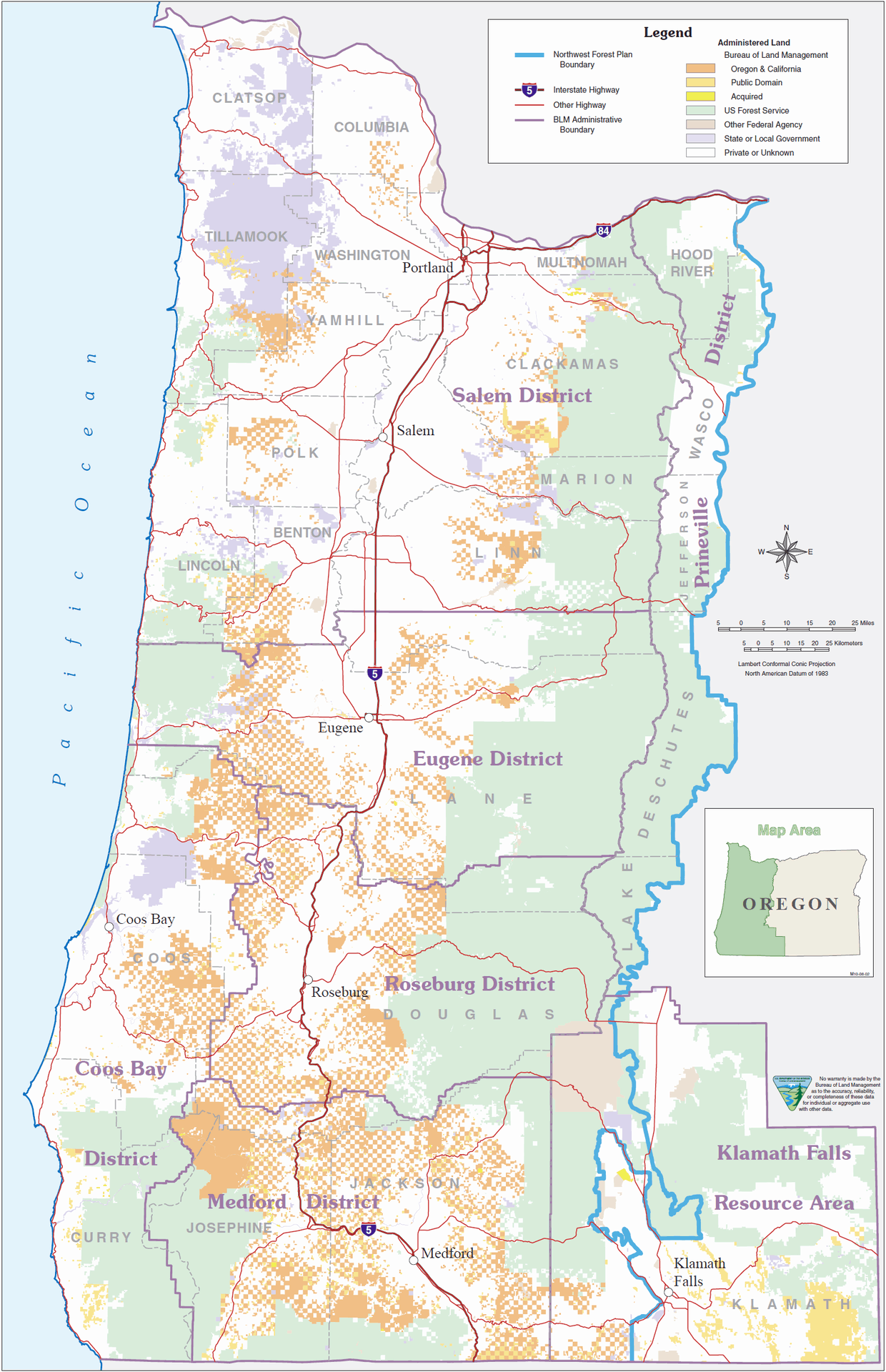This recent article on the ‘Restoring Healthy Forests for Healthy Communities Act’ got me to look at the actual bill.
Neither the Administration nor the previous discussion on this blog really addressed the ‘forest planning’ implications of this bill.
Section 505 is titled ‘Clarification of National Forest Management Act of 1976 Authority,’ and it addresses tree marking. Actually, this bill could exempt the entire tree-growing portion of National Forest System completely from NFMA, except for designated wilderness, national monuments and where there are statutory prohibitions.
In Section 103, the Forest Service is required to identify at least one Forest Reserve Revenue Area on each national forest, and such areas must include at least half of the commercial forest lands (there is no upper limit). This is to be done ‘notwithstanding any other provision of law.’ The acreage may never be reduced. This designation must be completed in 60 days, and there is no requirement for public participation.
These areas must then be managed to achieve an ‘annual volume requirement’ of 50% of their sustained yield, which is to be determined as the ‘maximum annual growth potential of the forest.’ This sustained yield does not reflect the needs of any other resources. In comparison, the ASQ in current plans is based on a long-term sustained-yield capacity that reflects many other resource needs, and very few national forests are harvesting anywhere near their ASQ. The 50% figure seems arbitrary and very likely unobtainable (and/or unsustainable) most places without the kind of impacts that NFMA was intended to mitigate.
The bill specifically exempts management of these areas from the NFMA prohibition against choosing clearcutting primarily for economic reasons. It also states, “The Secretary may modify the standards and guidelines contained in the land and resource management plan for the unit of the National Forest System in which the covered forest reserve project will be carried out as necessary to achieve the requirements of this Act.” The management of potentially the majority of the National Forest System would thus effectively be exempt from the direction in existing land management plans, the requirements of the 2012 planning regulations (including collaboration), and NFMA itself (and presumably the Roadless Area Conservation Rule if it interferes with achieving the volume requirement).
For any lands not designated under Section 103 (and over 200,000 acres), Section 402 requires the Forest Service to establish Community Forest Demonstration Areas if requested by an advisory committee appointed by state governors (with only requirements to represent governmental, commercial and recreational interests). “The administration and management of a community forest demonstration area, including implementing actions, shall not be considered Federal action.” Again, NFMA and forest plans would be irrelevant to the selection and management of these areas.
Section 205 allows a state governor to designate ‘high risk areas.’ “Designation of high-risk areas shall be consistent with standards and guidelines contained in the land and resource management plan or land use plan for the unit of Federal land for which the designation is being made, except that the Secretary concerned may modify such standards and guidelines to correspond with a specific high-risk area designation.” The exception swallows the NFMA requirement for consistency with a land management plan.
In sum, this would return national forest planning and management on probably the majority of national forest lands to dominant timber use for economic gain– which is what triggered the National Forest Management Act in 1976. I can see why this rearview mirror approach can’t be taken very seriously.
Jon retired from the Forest Service at the end of 2012 after 32 years as a forest and regional planner in Regions 6 and 1. His background is in forestry and natural resource management and includes a law degree. The last half of his career focused on rewriting the NFMA planning rule, planning for threatened/endangered/sensitive species, and large landscape conservation planning efforts.

